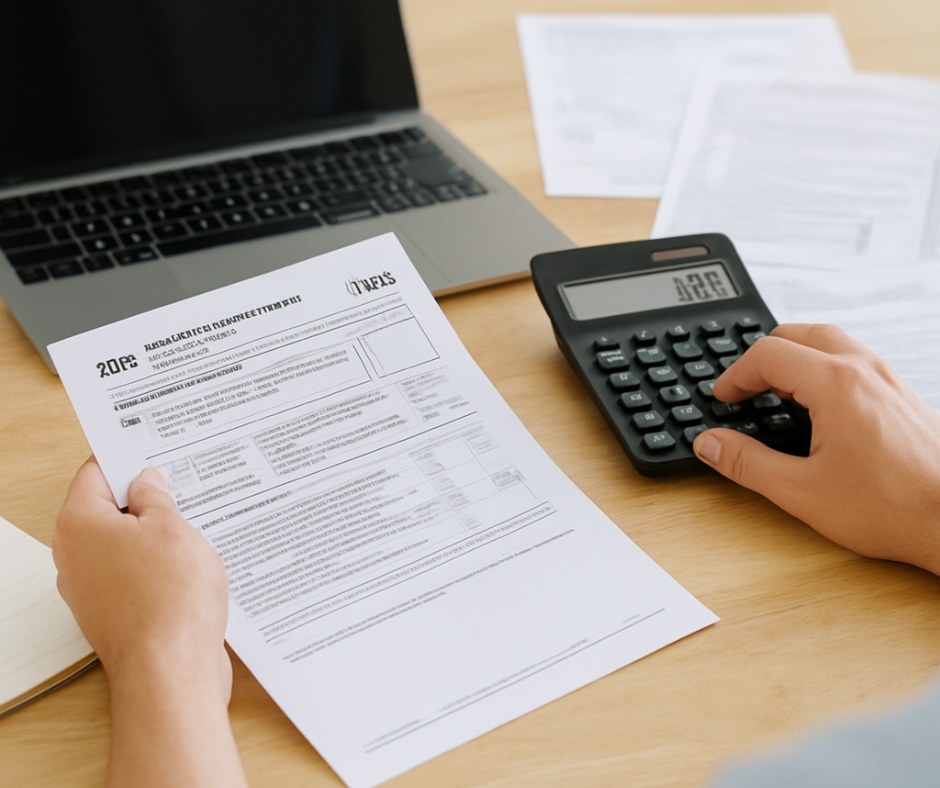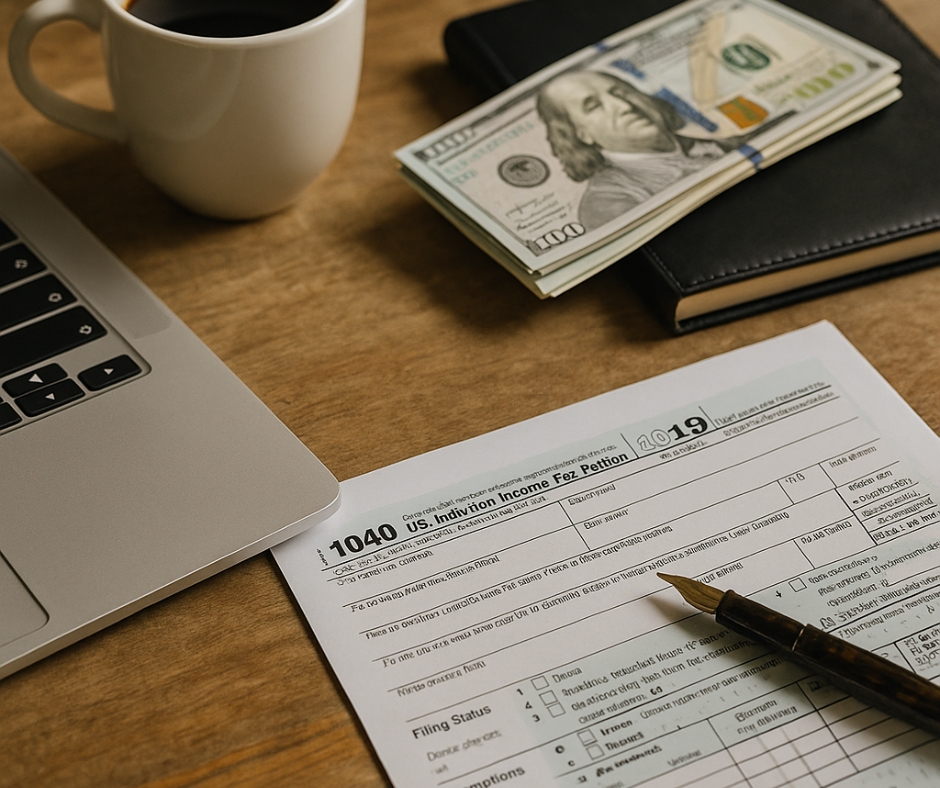A properly organized chart of accounts is more than just an accounting tool—it’s the foundation of your business’s financial system. Whether you’re a startup founder, freelancer, or experienced business owner, understanding how to build and maintain this system can lead to better decisions, cleaner books, and long-term success. In this guide, you’ll not only learn what a chart of accounts is but also how to set it up in a way that supports accurate reporting, strategic planning, and compliance.
🔍 What Is a Chart of Accounts?
At its core, a chart of accounts (COA) is a master list of every account used to record business transactions in your general ledger. It categorizes your income, expenses, assets, liabilities, and equity—essentially acting as the index of your business’s financial story.
Each entry, or account, is assigned a unique code and title. These accounts then appear on your financial statements such as your balance sheet and income statement.
Example:
If you own a digital marketing agency, your COA might include:
- Revenue Accounts: Client Retainers, Ad Revenue, Consulting Income
- Expense Accounts: Software Subscriptions, Payroll, Office Supplies
- Asset Accounts: Cash, Accounts Receivable, Laptops
- Liability Accounts: Credit Card Payable, Loans
- Equity Accounts: Owner’s Draw, Retained Earnings
Every time money moves in or out of your business, it gets recorded under one of these accounts. That’s why having a structured COA ensures that your financial reports are both accurate and easy to interpret.
🧠 Why Is a Chart of Accounts Important?
The importance of a chart of accounts goes far beyond simply organizing numbers. It’s about building a financial foundation that enables:
✅ Clarity in Financial Reporting
When your accounts are well-labeled and logically grouped, you can immediately see where your money is coming from and where it’s going. This level of visibility is crucial for monitoring profitability, identifying cost-saving opportunities, and spotting financial red flags early.
✅ Strategic Decision-Making
Because your COA feeds your income statement and balance sheet, it gives you reliable data to base decisions on. For example, if your expenses are rising faster than your income, your COA helps you pinpoint the categories that need a closer look.
✅ Tax Compliance and Audit Readiness
A clean COA ensures that your books match what’s reported on your taxes. It also simplifies things if you’re ever audited or need to provide records to a bank or investor.
✅ Scalability
As your business grows, your COA should evolve too. A scalable COA allows you to add new income streams or expense types without creating confusion or redundancy in your reporting structure.
🔗 Components of a Chart of Accounts
Each COA is divided into five major categories. These act as the backbone of your accounting structure:
1. Assets (Starting codes: 1000–1999)
These accounts represent everything your business owns that has value. This includes both tangible and intangible items.
Examples:
- Cash
- Inventory
- Equipment
- Prepaid Expenses
- Accounts Receivable
2. Liabilities (2000–2999)
These are obligations your business owes to others.
Examples:
- Credit Card Payable
- Bank Loans
- Accounts Payable
- Deferred Revenue
3. Equity (3000–3999)
Equity accounts reflect ownership in the company, such as funds invested by owners and retained earnings.
Examples:
- Owner’s Capital
- Owner’s Draw
- Retained Earnings
4. Revenue (4000–4999)
Revenue accounts track all income generated from your core business operations.
Examples:
- Product Sales
- Service Revenue
- Interest Income
5. Expenses (5000–5999 or higher)
These accounts track where money is spent to run your business.
Examples:
- Rent
- Utilities
- Software
- Advertising
- Travel
Each category can be broken down into subcategories for more detailed tracking. For example, “Advertising” might include “Facebook Ads,” “Google Ads,” and “Print Media.”
🛠️ How to Set Up a Chart of Accounts
Building a strong chart of accounts is both an art and a science. Here’s a step-by-step breakdown:
Step 1: Define Your Business’s Financial Needs
Before you create accounts, take time to understand your income streams and cost centers. What services or products do you offer? What are your fixed vs. variable costs?
Step 2: Use Account Numbering
Assign number ranges for each category to maintain structure and readability. For instance:
- 1000–1999: Assets
- 2000–2999: Liabilities
- 3000–3999: Equity
- 4000–4999: Revenue
- 5000–5999: Expenses
Leave gaps between accounts so you can insert new ones later.
Step 3: Customize for Your Industry
Different industries require different COAs. A construction company might include “Job Costing” and “Subcontractors,” while an eCommerce store might list “Shipping Costs” and “Merchant Fees.” Customize accordingly.
Step 4: Avoid Overcomplication
While it might be tempting to create dozens of hyper-specific accounts, doing so can clutter your system. Aim for a balance between detail and clarity.
Step 5: Use Accounting Software
Platforms like QuickBooks, Wave, and Xero come with default COAs you can tailor. Using software streamlines data entry and reporting while reducing human error.
Step 6: Get Professional Help If Needed
If your books are tied to taxes, employees, or investor reporting, consult a CPA to ensure your COA aligns with GAAP (Generally Accepted Accounting Principles).
🧽 Tips for Maintaining Your Chart of Accounts
Creating your chart is just the beginning. Here’s how to keep it in top shape:
- Review Quarterly: Update account names, merge duplicates, and archive unused accounts.
- Document Account Usage: Create a “COA Manual” that explains what each account is used for to ensure consistency across your team or bookkeeper.
- Audit Regularly: Look for misclassifications or irregular entries that could throw off reports.
- Restrict Access: Limit who can add or modify accounts to maintain structure.
🧾 Final Thoughts
Your chart of accounts is the backbone of your financial reporting system. When set up correctly, it gives you a transparent view of your business’s financial health, enhances your ability to make smart decisions, and simplifies everything from taxes to growth planning. It’s one of those foundational tools that pays off exponentially as your business evolves.
So take the time now to build a chart of accounts that’s clean, consistent, and tailored to your goals. Your future self—and your accountant—will thank you.













